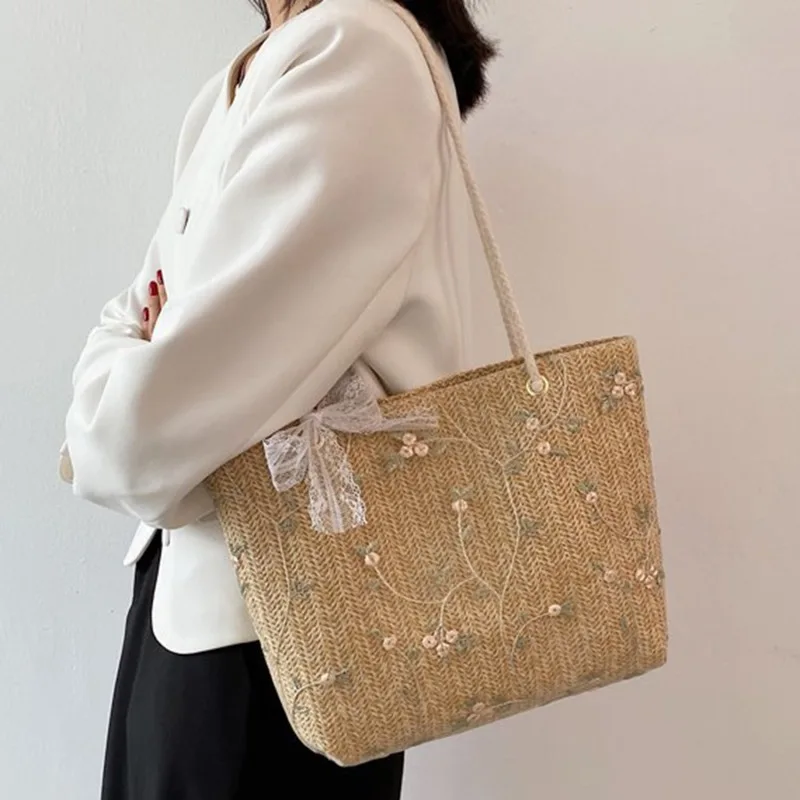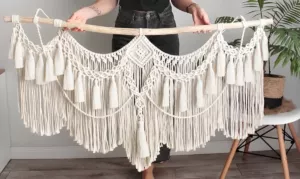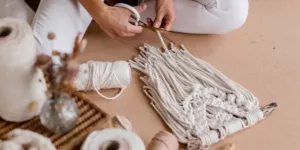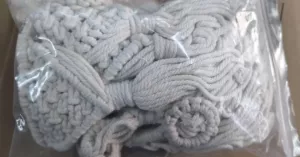Why Are Women’s Bags So Expensive – The enigmatic charm of a high-priced handbag is an allure that transcends the realm of mere fashion accessory into a statement of status, a piece of art, and sometimes, a lifetime investment. For many women, bags are not merely items to hold personal belongings but are emblematic of personal style, professional status, and discerning taste. But as the prices for these bags rise ever higher, often reaching into the thousands, it begs the question: why are women’s bags so expensive? The reasons are multifaceted, blending craft, brand heritage, and luxury market dynamics.
The Epitome of Material Excellence
Luxury handbags are often synonymous with quality that spares no expense. The materials, often the crux of the pricing, range from high-grade, full-grain leathers to rare exotic skins that require expert handling and treatment. The tactile experience of a luxury handbag is one of the selling points—the softness of the leather, the sturdy grip of the handle, the unyielding structure of the design, all tell a story of meticulous selection and procurement. These materials are not mass-produced; they are chosen for their scarcity and durability.
Artisanal Craftsmanship and Labor of Love
The level of craftsmanship that goes into high-end bags is nothing short of artistry. Each artisan dedicates countless hours to ensure that every seam is flawless, every lining is perfectly sewn, and every clasp and embellishment is secured with precision. Some handbags are so intricate that they can take over 20 hours to make by hand, which, when considering hourly skilled labor costs, significantly adds to the final retail price. Moreover, these artisans often work in parts of the world where labor is valued highly, reflecting fair wages and working conditions that contribute to the end cost.
The Power of Brand Legacy and Exclusivity
Brand name and heritage carry immense weight in the luxury market. Renowned brands like Gucci, Prada, and Dior have centuries of combined history, innovation, and cultural significance sewn into the fabric of their products. The costs involved in maintaining this legacy through archives, museums, and heritage craftsmanship are immense and factor into the overall pricing of their bags.
The elusive concept of exclusivity also inflates the price tag. Limited collections, bespoke services, and one-of-a-kind pieces are strategic methods used by luxury brands to create a sense of rarity. When a bag is perceived as a rare commodity, the demand can significantly outstrip the supply, leading to higher prices. Owning such a bag suggests access to a world that appreciates rarity and has the means to acquire it—a tantalizing prospect for many consumers.
Design Innovation and Intellectual Property
Behind every unique bag design is a team of designers, innovators, and often patent holders. Evolving fashion trends necessitate a continuous outpour of creativity and reinvention, which comes with substantial research and development costs. Additionally, there are costs associated with protecting designs legally through patents and copyrights. When these design elements are unique to the brand, it prevents other companies from replicating them, ensuring that original pieces retain their value and uniqueness.
Marketing Might and Retail Theater
The world of luxury fashion is sustained not just by the products, but by the story it tells through powerful marketing and retail experiences. High-end brands engage in storytelling through prolific advertising campaigns, collaborations with high-profile designers and celebrities, and meticulously crafted flagship stores that offer immersive shopping experiences. These marketing expenses and opulent store designs are a calculated investment to cultivate a brand image that is as luxurious as the products themselves and are accounted for in the price of each bag.
Investment and Heirloom Potential
In an era where fast fashion has a fleeting shelf life, luxury handbags have carved out a niche for being timeless. When cared for, a high-quality bag can surpass its immediate utility to become an heirloom, passing from one generation to the next—often growing in sentimental and monetary value. The collectible nature of these bags also means that they can be seen not only as fashion statements but as viable investments. Vintage finds and discontinued models can skyrocket in price over the years, particularly those from iconic designers.
The Psychological Dimension of Luxury
Beyond tangible factors, there’s a psychological dimension at play. The act of buying luxury is also about the experience and the emotion it evokes. There’s a sense of pride and accomplishment in owning a piece of luxury, coupled with the way these items are perceived by others. The aspirational aspect of luxury goods drives consumers to value these items for the status they confer, which is a psychological benefit that consumers are willing to pay a premium for.
Conclusion
In sum, the exorbitant cost of women’s bags is the culmination of quality, craftsmanship, brand value, design innovation, marketing strategy, investment potential, and the intangible lure of luxury. These elements come together to create products that are as much about function as they are about fashion, status, and personal joy. For devotees of luxury handbags, these factors justify the expense, turning the act of purchase into an experience that transcends the simple acquisition of a new accessory. For those who balk at the prices, it’s a matter of priorities and values, but the fascination with luxury handbags remains a captivating dimension of the fashion world.









